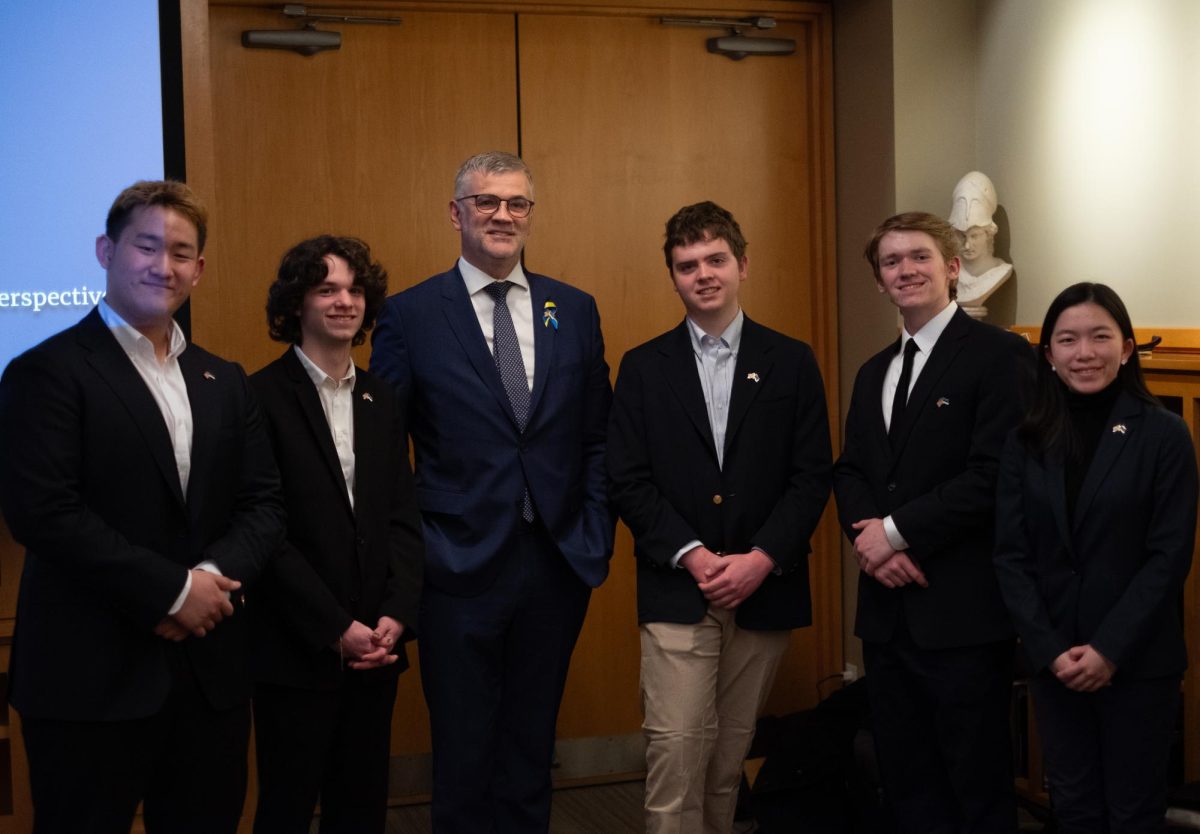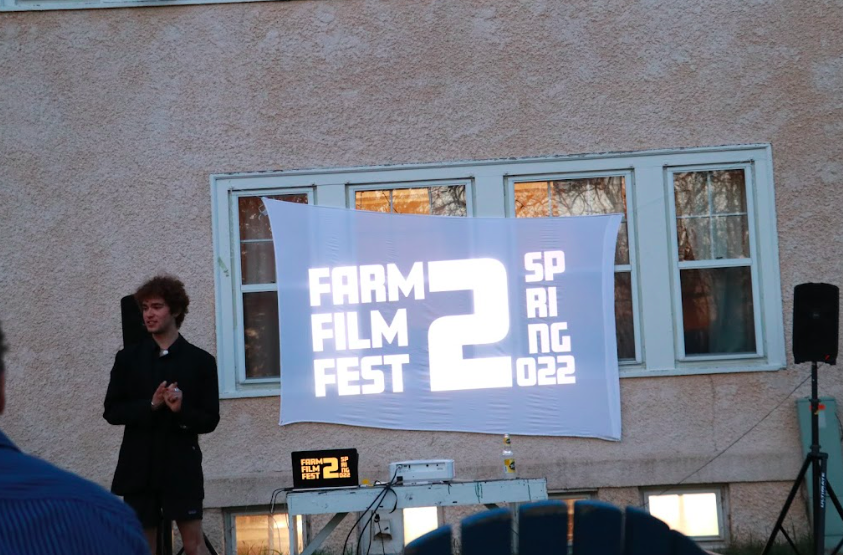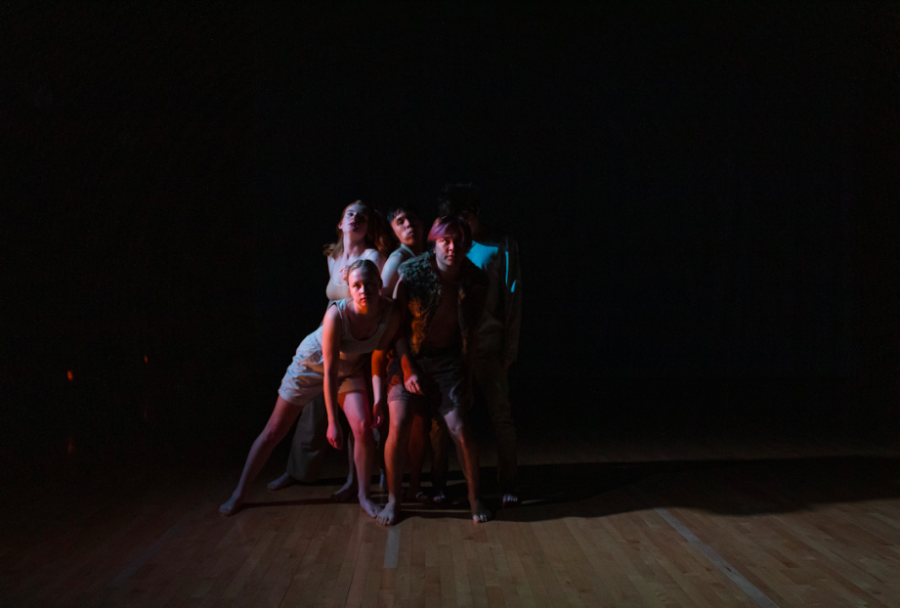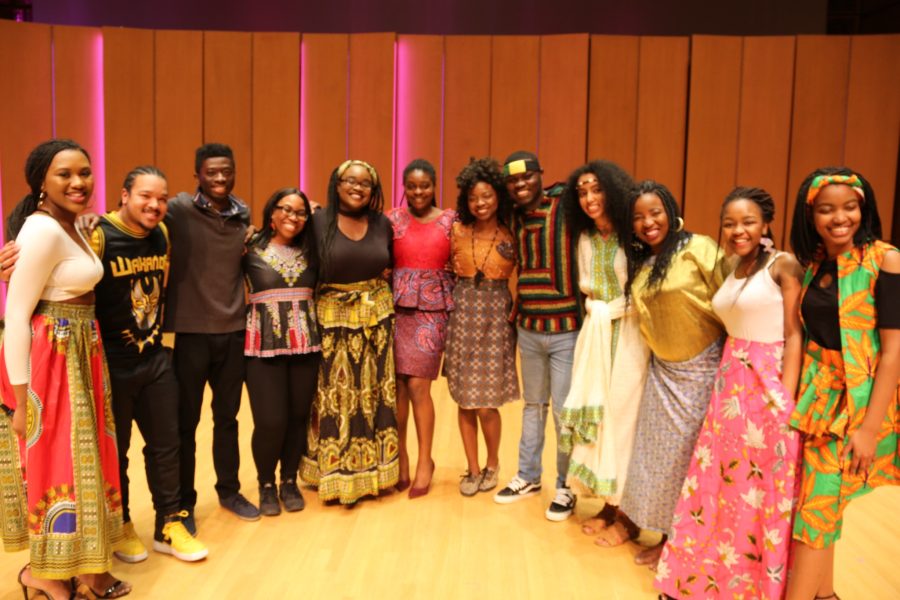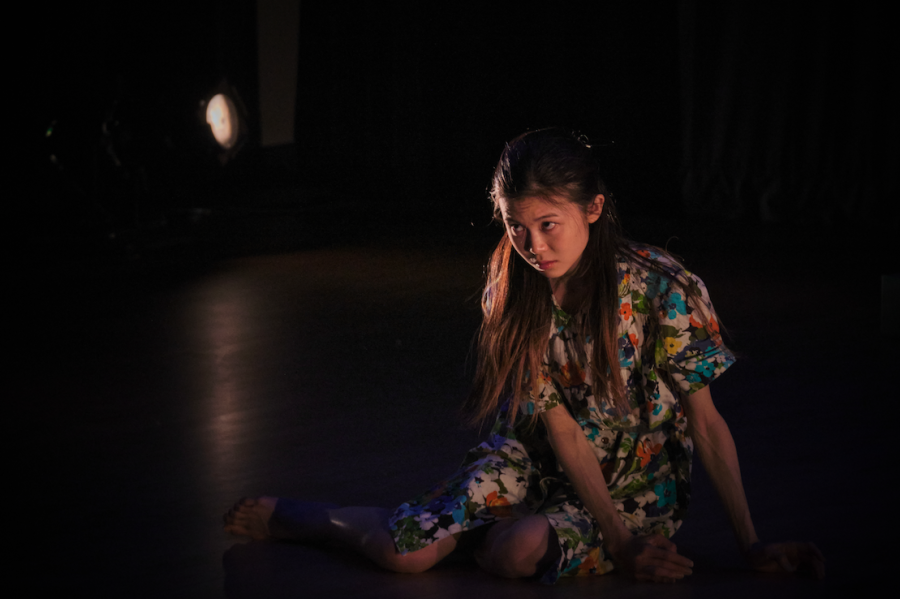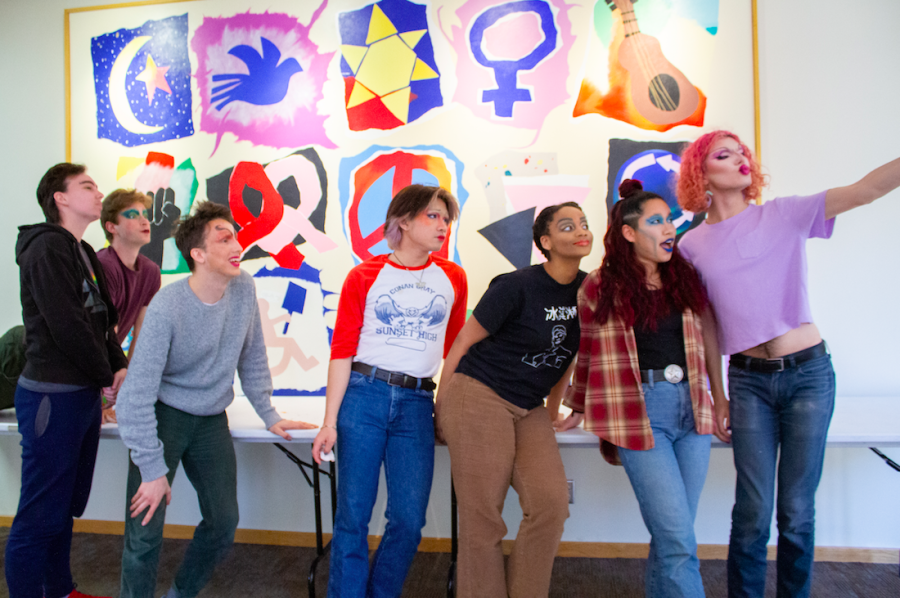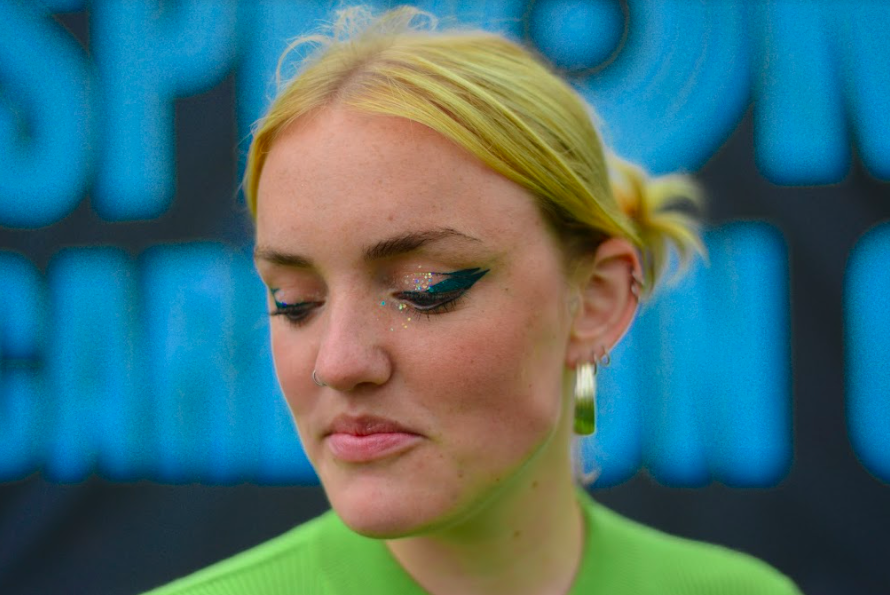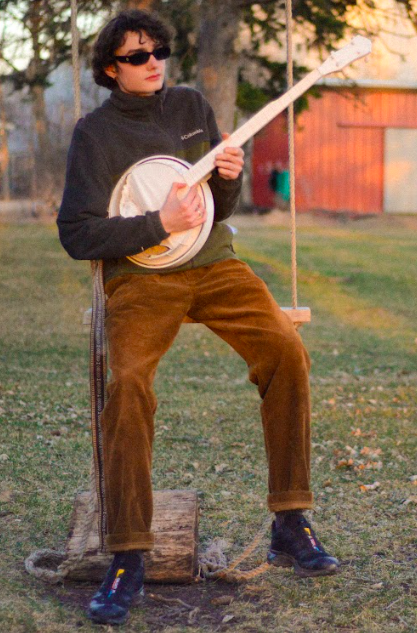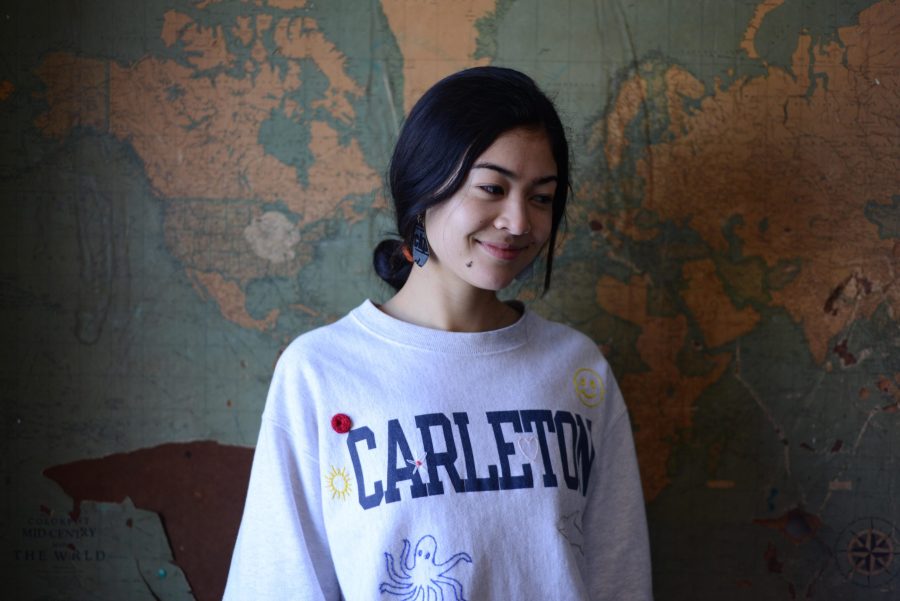After hearing the hype surrounding “The Wild Robot” with phrases like “This generation’s Iron Giant” and “Connecting all ages like ‘Inside Out 2’ did this past summer,” I was excited to see this Oscar-nominated film. However, I was scared the movie wouldn’t meet the expectations other people had set. Though the film wouldn’t be my pick to win the Oscar for “Best Animated Feature” after attending the Friday night 10 p.m. showing, I would give “The Wild Robot” a solid four out of five stars for its message, music and animation.
The movie’s message is simple: kindness is power, and kindness wins. Though this movie explores the circle of life and the forest hierarchy vividly, it compares the inherent violence we are “programmed” to have to survive to the heart-warming image of a found family and the hard yet ultimately worthwhile journey to using kindness as a survival tool. In a politically charged year where many of us have been disappointed in the country’s loss of empathy, kindness and human decency, a movie for the whole family with a message of hope may just be what we need now. I sure did.
The music was created by well-known composer Kris Bowers, who, though it was his first time scoring an animated film, has previously worked on projects like “Green Book,” “The Color Purple,” “Bridgerton” and more. His repertoire has always been emotionally driven, which shines through once again in “The Wild Robot.” With over 100 musical instruments and live recordings of each piece (besides the two songs collaborated on by Maren Morris), the film’s soundtrack moves along with the story. The first 20 minutes of the movie are action-packed, and the music goes along with the highs and lows of Roz, the robot protagonist, crash-landing in a forest and learning how to “be helpful” in a place she knows nothing about. When she is pensive and quietly learning, the music gets low and quizzical, and when she is running through the forest, the beat is as fast as the heart of someone running full speed.
The live orchestration reminded me of “How to Train Your Dragon”. When Hiccup first learns to fly on Toothless, there is a beautiful piece of music behind the scenes that captures the freedom of flying. “The Wild Robot” had a similar moment. When Brightbill, the gosling Roz unintentionally adopts, takes flight for winter migration after overcoming the fact that he was the “runt of the litter” and as Roz plans to return home, potentially never seeing her adopted son again, a score that encaptures the scene’s themes of freedom, a challenge overcome, and a bittersweet goodbye plays. As the piano plays, these chords let the listener feel the sadness of the scene while the strings behind the piano speed up so one can also feel the accomplishment; the music makes the movie’s climax. The music cuts off when Roz is finally alone and emphasizes that loneliness. Music made this movie memorable to me and made me feel the message it was trying to portray.
The small details also made this animated movie so well done. “The Wild Robot” was originally a children’s book, and the film’s animation mimicked the drawings in the book. At times, you could even see the individual strokes of a pencil in an animal’s fur or the veins of a leaf. The movie made sure not to forget where it came from. The scene where Roz sits back and observes her surroundings so she can properly communicate with those who inhabit the forest is small in length but huge in teaching. It might not have been the movie’s central message, but that scene showed how to conduct yourself when you don’t know or are an outsider in a community. You should step back, listen, learn and recognize differences. Hold respect in your heart and carry that respect in your actions. Roz may have struggled at first, but the key was she kept trying to do the next right thing. The most minor things in this movie had the most significant impact on me.
I gave this four out of five stars for two main critiques: the overly cheesy moments and the violence of the forest that, in my opinion, was just a little too overly shown for a kid’s movie. Most of the cheese came from the mentor goose to Brightbill named Longneck. His one-liner lessons at times made me cringe and turn over to my friend to whisper, “You thought that was cheesy too, right?” For example, when giving advice to Brightbill about his struggling relationship with Roz, Longneck said, “Maybe they heard it anyway. Sometimes hearts have their own conversations.” To someone older like me, that line made me snicker a little, but as it is a kids’ film, I could see this line being appropriate. The other critique I had was with the violence shown. In the movie, Roz and the audience quickly know the circle of life in the forest. Death jokes are made that quickly pass over kids’ heads, and adults can chuckle at them, but the visuals cannot be ignored. At one point, a raven is beheaded on screen, and then the animal who killed that raven continues to be shown holding said head in its mouth. If I had a four-year-old, I would not have let them watch that scene fully. I know the point is to show how damaging violence is as an adult — as a child, I might have cowered behind my mother’s shoulder.
Overall, this movie is thoughtfully done, well-executed and was released at the perfect time. As adults, it is worth seeing it in all its cheesiness for the message, music and hope it gives. For kids, it’s worth it to learn the lesson of how mighty kindness is at an age when their ability to empathize is still growing. I recommend “The Wild Robot” for all ages, and if you couldn’t see it at the Weitz Cinema or in theaters, it is now streaming on Peacock.

